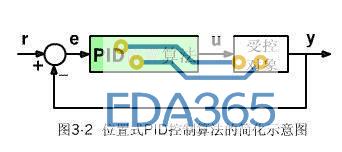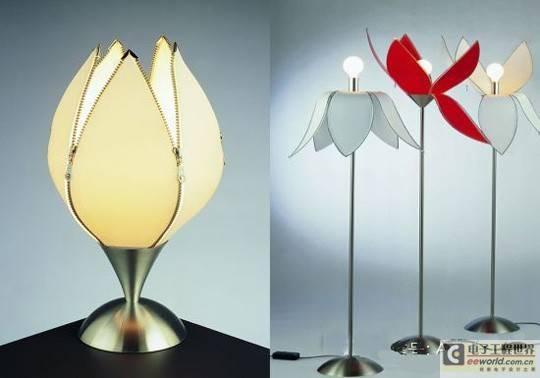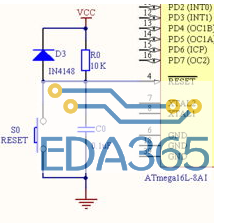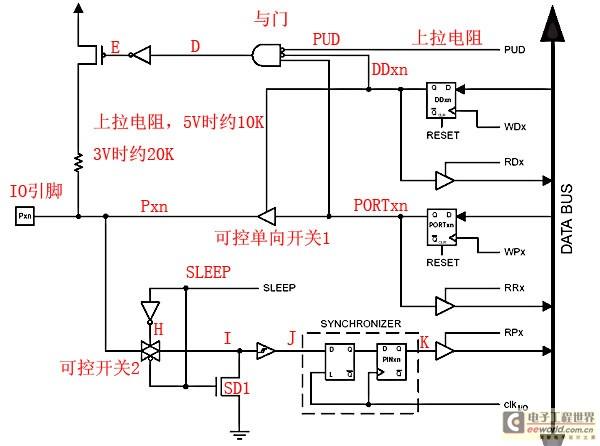#include
#define ICP PIND.6
sfrw ICR1=0x26;
flash const unsigned char tabel[]={0xc0,0xf9,0xa4,0xb0,0x99,0x92,0x82,0xf8,0x80,0x90};
unsigned char ledbuff[]={0x8c,0x8c,0x8c,0x8c,0x8c,0x8c};
unsigned char ov_counter; //counter for timer1 overflow
unsigned int rising_edge,falling_edge; //storage for times
unsigned long pulse_clocks; //storage for actual clock counts in the pulse
/********************************************************
display()
********************************************************/
void display(void)
{
unsigned char i;
for(i=0;i<6;i++)
{
PORTC=ledbuff[i];
PORTD|=(1<
delay_ms(1);
PORTD&=~(1<
}
}
/********************************************************
count to BCD
********************************************************/
void hextobcd(unsigned long count)
{
unsigned char i,temp;
for(i=0;i<6;i++)
{
temp=count%10;
ledbuff[i]=tabel[temp];
count=count/10;
}
}
// Timer 1 output compare A interrupt service routine
interrupt [TIM1_OVF] void timer1_ovf_isr(void)
{
ov_counter++;
}
interrupt [TIM1_CAPT] void timer1_capt_isr(void)
{
//check for rising or falling edge by checking the
//level on ICP. If high,the interrupt must have
//be triggered by a rising edge and if not, the trigger
//must have been a falling edge.
if(ICP)
{
rising_edge=ICR1; //save start time for pulse
TCCR1B&=~(1<<6); //set to trigger on falling edge next
TIFR=(1<<5);
ov_counter=0; //clear overflow counter for this measurement
}
else
{
falling_edge=ICR1; //save falling edge time
TCCR1B|=(1<<6); //set for rising edge trigger next
TIFR=(1<<5);
pulse_clocks=(unsigned long)falling_edge-(unsigned long)rising_edge+(unsigned long)ov_counter*65536;
pulse_clocks=pulse_clocks/500; //At 2 microseconds per clock tick, it takes 500 clock ticks to
//make 1 millisecond. Therefore the program divieds the resulting
//clock ticks by 500 to calculate the correct result in milliseconds.
}
}
// Declare your global variables here
void main(void)
{
DDRC=0xFF; //set PortC for output
DDRD=0x3F;
TCCR1B=(1<<7)|(1<<6)|(1<<1); //Timer1 input to clock/8, enable input
//capture on rising edge and noise canceller
TIMSK=(1<<5)|(1<<2); //unmask timer1 overflow and capture interrupts
#asm("sei") // Global enable interrupts
while(1)
{
hextobcd(pulse_clocks);
display();
}
}
『本文转载自网络,版权归原作者所有,如有侵权请联系删除』
 热门文章
更多
热门文章
更多









